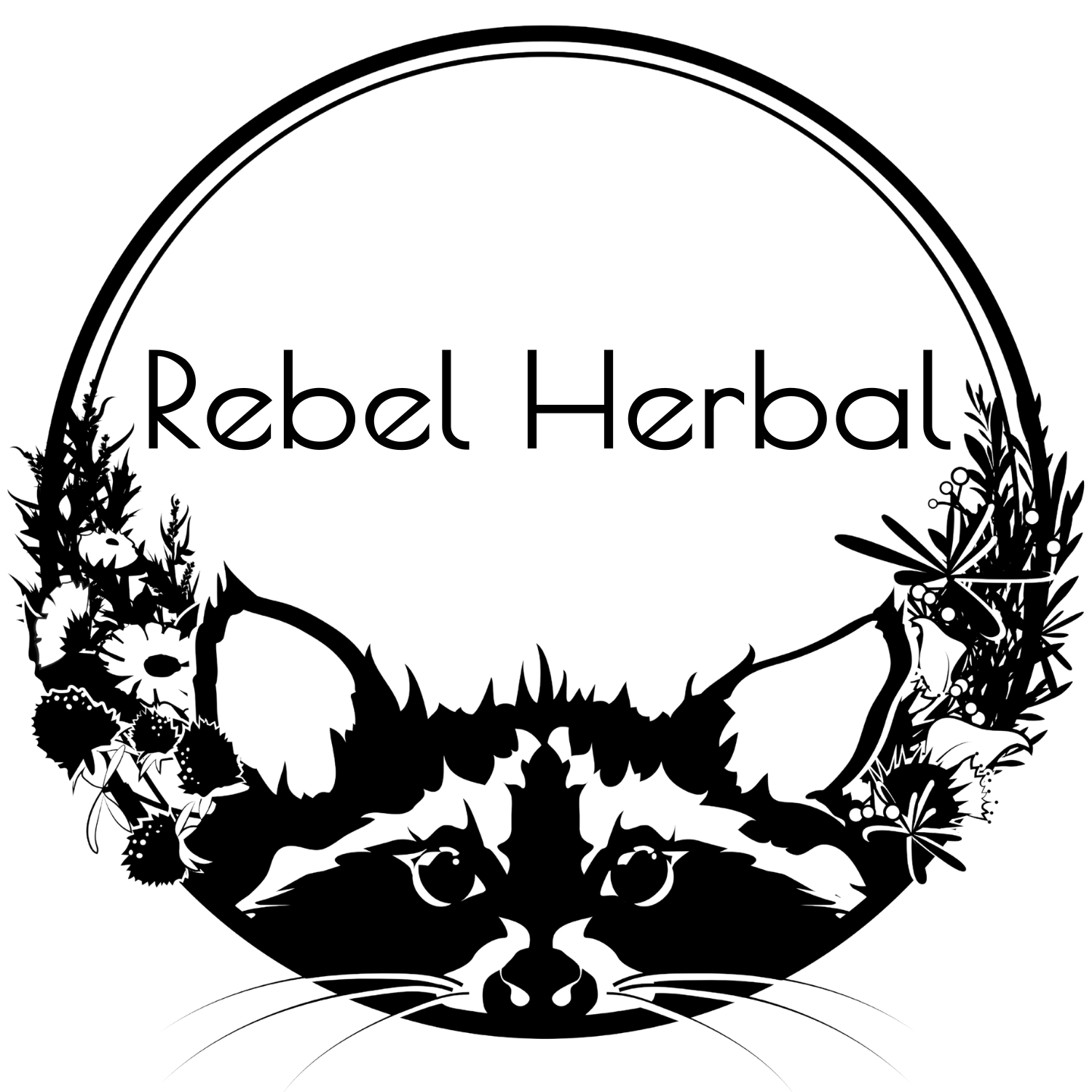Globe Chamomile - A Sonoran Desert Invasive
I’ve been wanting to post about this little round ball of joy for a while, but now I totally know what the internal hold up was. Turns out, I had the plant all wrong. About 10 years ago I learned that this was Pineapple Weed aka Matricaria discoideae, but I could never detect that pineapple fragrance I’d read about – cuz it actually ain’t there. Please forgive my miseducation friends, and there are a few of you over the years who’ve received the wrong info from me. Thankfully I was corrected last week, so let me introduce you to Globe Chamomile, aka Oncosiphon piluliferum.
Globe Chamomile has a bright, sunny disposition, and this year it’s growing all over the dang place (in the Sonoran Desert). Turns out it’s a non-native and noxious – but I suspect it has something to teach us desert dweller. According to the Arizona Native Plant Society, Globe Chamomile first made its way here back in the 90’s as an introduction from South Africa. Seems to like growing here in this arid climate, and with the wet seasons we’ve had in the last year, it’s proliferation is dramatic and to many a botanist/ecologist/naturalist – SCARY.
When I first got into what I thought was Pineapple Weed, I assumed it had some of the same healing traits as Matricaria recutita, what we just call Chamomile. Standing in a stand of Oncosiphon one is immersed in the same or at least very similar aromatics of our regular Chamomile. It makes you feel good and soothed. Like if you’re in a really irritable mood and you just can’t snap out of it, the fragrance of all these varieties will help you leave the illusory world of heightened emotions and ground down into a calm reality.
Well Pineapple Weed is used just like Chamomile, German, Roman, English, or otherwise. But I just can’t seem to find much info on Globe Chamomile which is breaking my little wildcrafter’s heart. What I have found is rather interesting, though, and I do believe there is some reason this invasive ‘weed’ is reproducing in such abundance that it can be harvested for medicinal use by every herbalist I know from here to Kingdom Come and there would still be plenty to go around, for many rounds.
Globe Chamomile in prolific abundance - Scottsdale, Arizona
Oncosiphon piluliferum is native to South Africa, and the only healing application I’ve discovered through hours of searching the interwebs is as a febrifuge. Meaning it helps break severe fevers. This is very cool, literally, as the Matricarias are also known for having cooling, drying qualities. I believe the Chamomiles would be lovely additions to formulas for fevers to sooth the edgy weariness that can come along with them.
Aside from their cooling energetics, I don’t know for sure if they’re used to ‘break’ fever. I did find a couple of clinical studies describing that the constituents in Globe Chamomile showed anti-malarial properties in-vitro, which could be of tremendous benefit in those areas where the parasite causing malaria is easy to meet.
Now please read clearly – what I’m about to say is of my own intellectual surmising and I did not read this anywhere and no one told it to me, but I wonder if Globe Chamomile might have some healing capacity in treating Valley Fever?
Valley fever is caused by the inhalation of coccidioides, a fungus that becomes airborne during construction and drilling, and finds its way into the lungs of humans and animals. It can be a pretty serious condition with uncertain results from treatment.
The two dis-ease states are caused by entirely different organisms, but both cause fever, and I have learned through my own love of phyto-geographic observation that oftentimes invasive, noxious, difficult to deal with weedy plants are growing somewhere the people in that area really freakin’ need them. Like Kudzu in the South East.
Anyway, I suppose this is just some stream of consciousness rambling on and on about a plant I love to see and am dying to learn more about, but there are a few little lessons to take from my experience with Globe Chamomile.
Always check your sources. It doesn’t matter if a wise old elder or a published book told you something, it’s really a good idea to get more than one say-so on who an herb is and what it does. Obviously I need this lesson first hand, especially as I am often a purveyor of herbal information. Question me, too!
Weedy and invasive plants may have the ability to treat or heal an issue of critical concern in your area. I believe that plants show up where they’re needed, in their symbiotic relationship with us and other organisms in the environment.
Do you know an herbalist in South Africa? Please connect us! I need to know more about how this plant is used in traditional healing there.


